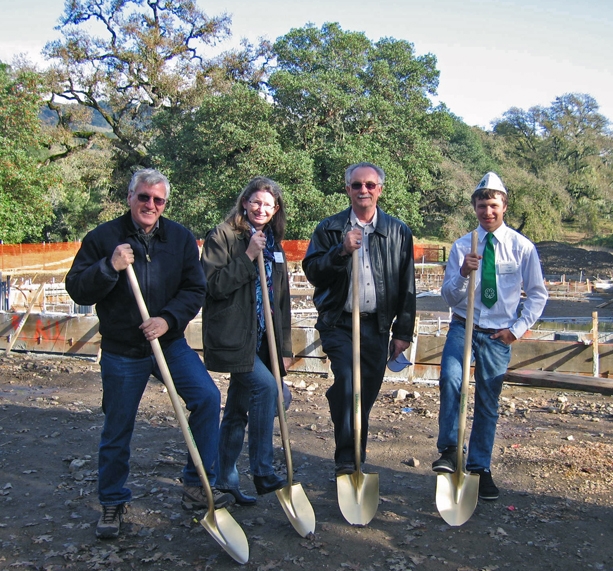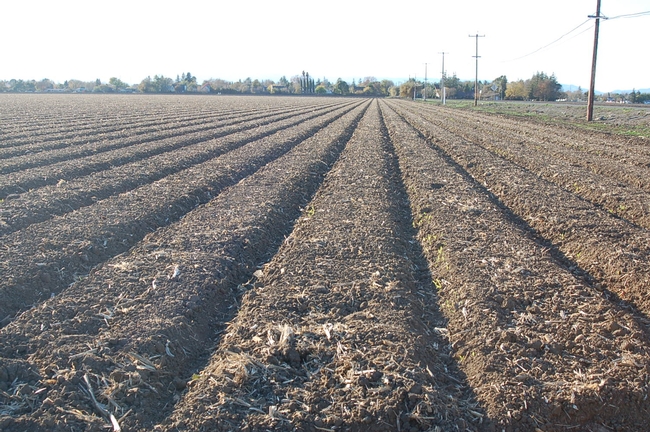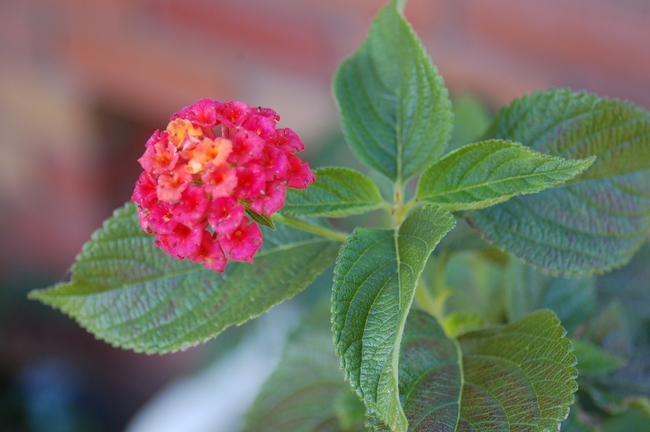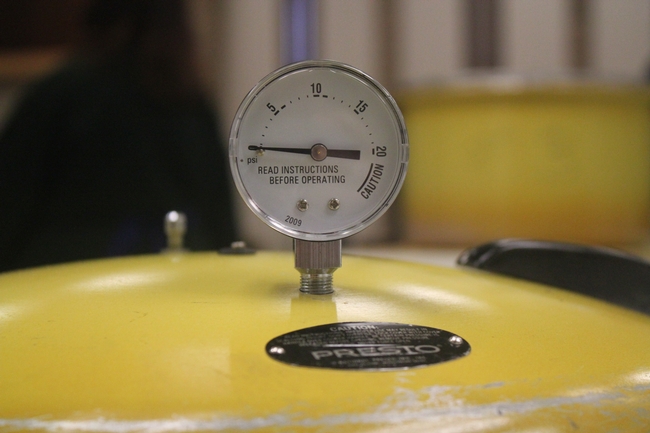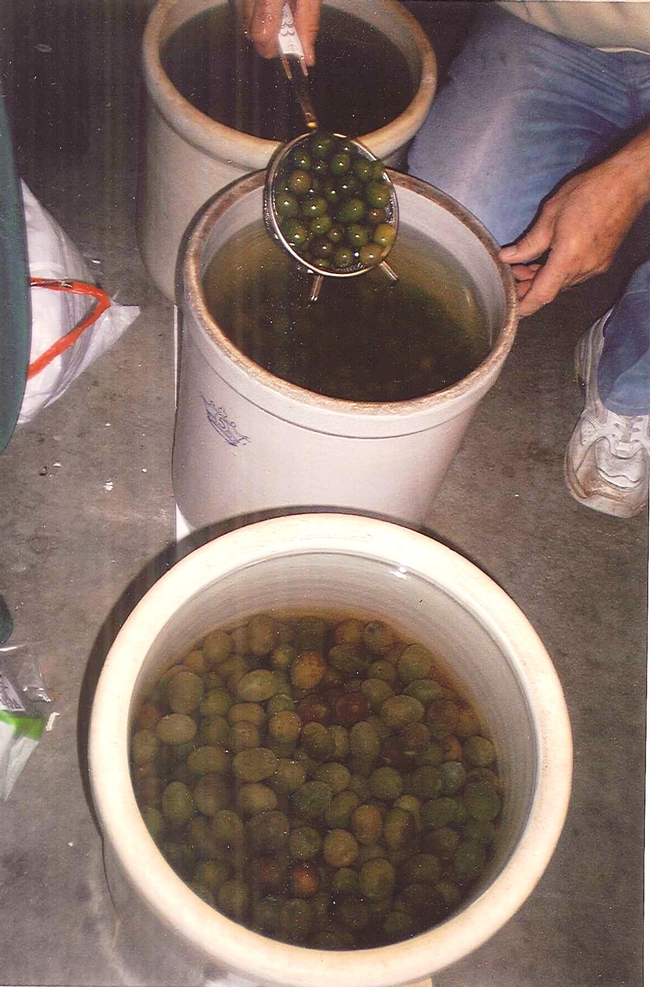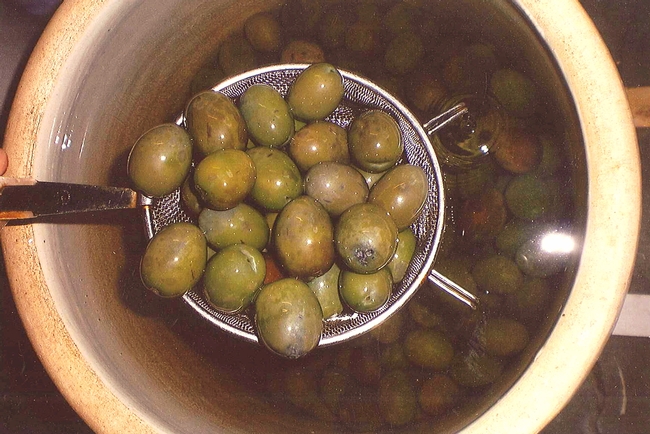UC Blogs
Hopland REC builds conference room
The article quotes Bob Timm, the center's director, as saying, "We want to talk to people about whether our vision meets what the needs in the community are -- we want a building that fits into Mendocino County." Timm hopes the building will help the center expand its community outreach programs by being a site for workshops, conferences and classes.
The $1.6 million project is funded by UC capital construction funds and private donations to the project.
Timm is encouraging gifts from the community so that that the facility including the added “Green Works” elements can be completed within the coming months. Descriptions of the building plans and added features are found on the Hopland REC website at http://ucanr.org/sites/hopland.
U.S. EPA, Napa County announce millions for water quality, flood damage, northern California salmon
An EPA press release announced nearly $3.3 million in federal, state and local funding aimed at restoring water quality and riparian and aquatic habitats in the Napa River watershed. As part of two major restoration efforts covering 15 miles of the Napa River, more than 40 landowners have committed to converting nearly 135 acres of farmland to wildlife habitat.
The primary grant recipient is Napa County, in partnership with the Napa County Resource Conservation District, the California Land Stewardship Institute, UC Cooperative Extension and the Rutherford Dust Restoration Team of the Rutherford Dust Society landowner group.
Four Seasons in Solano County
Every September and early October I listen to my friend in Salem, MA rave about the fall color where she lives. I’ve seen it and I know what she means. It’s iconic autumn color and it’s spectacular. I’ve often heard out-of-staters pity us because we don’t enjoy a change of seasons that would bring us such glorious landscapes.
What my friends and most others who do not live here don’t understand, is that we do, in fact enjoy vivid fall color; it’s just later in the year. From the Bradford pear trees across the street from me to the Ginkgo down the block, to the spectacular red Chinese Pistache a few blocks away, my neighborhood is awash in fall color. It just happens that it’s December.
Rather than pity us for our lack of seasonal change, non-Northern Californians should marvel at the fact that we can experience all four seasons at the same time! Within a couple of miles of my house I can see trees arrayed in autumn finery, the rich, dark soil of plowed winter fields, beautiful spring grains and grasses sprouting in the valley and up the hill sides, and colorful flowers growing in home gardens.
Aren’t we lucky? Where else could we experience all four seasons in one place and at one time.
Just Chillin'
The temperature on the UC Davis campus stood solidly at 56 degrees this afternoon.The less-than-ideal weather didn't seem to deter several Italian...
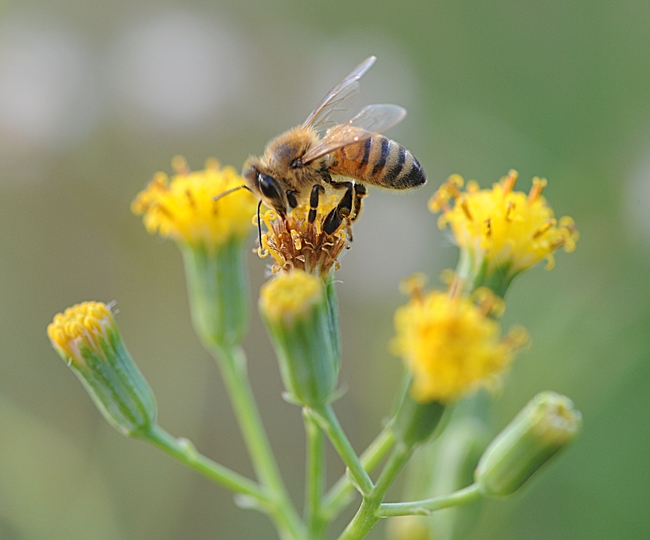
An Italian honey bee on Senecio from the Asteraceae or daisy family. (Photo by Kathy Keatley Garvey)
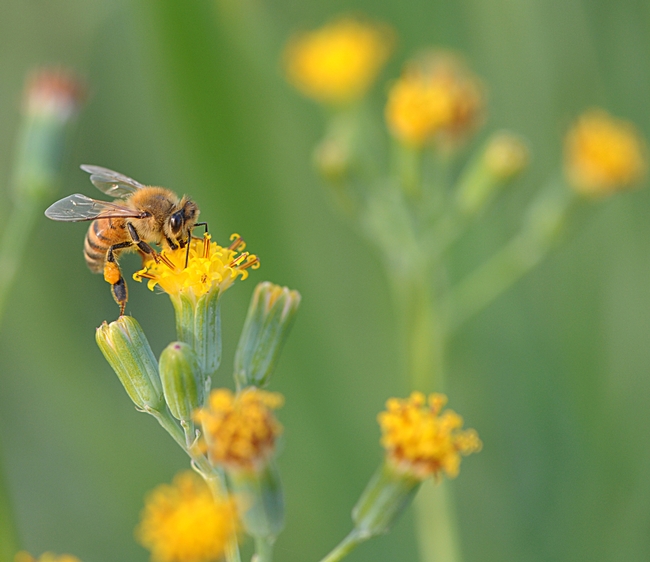
Packing pollen, a honey bee forages in a Senecio. (Photo by Kathy Keatley Garvey)
Grant for California's only tribes extension program
An article in the (Garberville) Redwood Times reports that UC Cooperative Extension Humboldt County has received a grant to share agriculture, natural resources and youth development support with Native American tribal members.
"There are about 25 [Federally Recognized Tribes Extension Programs] across the country, but none in California, so we are honored to receive this funding", said Deborah Giraud, UC Cooperative Extension farm and community advisor in Humboldt County.
Though the program is still in planning stages and gathering input, one project will focus on career and college exploration for teenagers, with a college tour in March.
Christmas list for home food preservers
Ora Emmerich, (Placerville) Mountain Democrat
What to get a home food preserver for Christmas? This column by Ora Emmerich, a UC Master Food Preserver, suggests any of a variety of thermometers might be a good place to start, with a discussion of the different options.
Larger gifts might include a pressure canner, sausage-filler or dehydrator. Potential stocking stuffers suggested were new lids and rings, along with small but important tools such as a bubble remover.
Italian Olives
This fall the search for olives began. As my husband and I drove around Solano County, we noticed the barren olive trees. Olives are like many other fruits, they have good production years and not so good years. The unpredictable weather this past spring most likely affected fruit set.
Curing olives is a yearly Italian heritage tradition at our house. My husband’s grandfather and mother cured olives, so the family would have olives to eat and cook with during the holidays. Before meeting my husband, I thought olives were a table decoration, then learned they were a whole food and could be a WHOLE meal. In Italy, olives are found in barrels at the front door of grocery stores and also peddled on the streets wrapped in newspaper shaped into a cone.
In the past, we have picked olives on the property of our friends or family. Last year, we bought them in Oroville and this year they came from Corning. The olives this year are beautiful, large and shiny green. The type of olive my husband cures is called a Sevillano olive (Sicillian-style). Olives on the tree, at any stage of ripeness, are very bitter and inedible because of the oleuropein that is abundant in its flesh. The curing process removes the bitterness. There is quite a science to curing olives and definitely a time commitment. Once we obtain olives, the next 7 to 10 days are about preparing them to be eatable. When the curing process ends, they are bottled and pressured canned. In the past, he has seasoned them with fresh rosemary, garlic cloves, celery, red pepper flakes and even added vinegar. There are many ways to change the flavor, but our preference is leaving them plain in salted water.
There is great information available on the web from UC Davis, on safe methods for curing olives (Publication #8267). It takes a lot of time and is a lot of work, but we know our holidays will be celebrated again this year with delicious, home-cured Italian olives; a labor of love!


